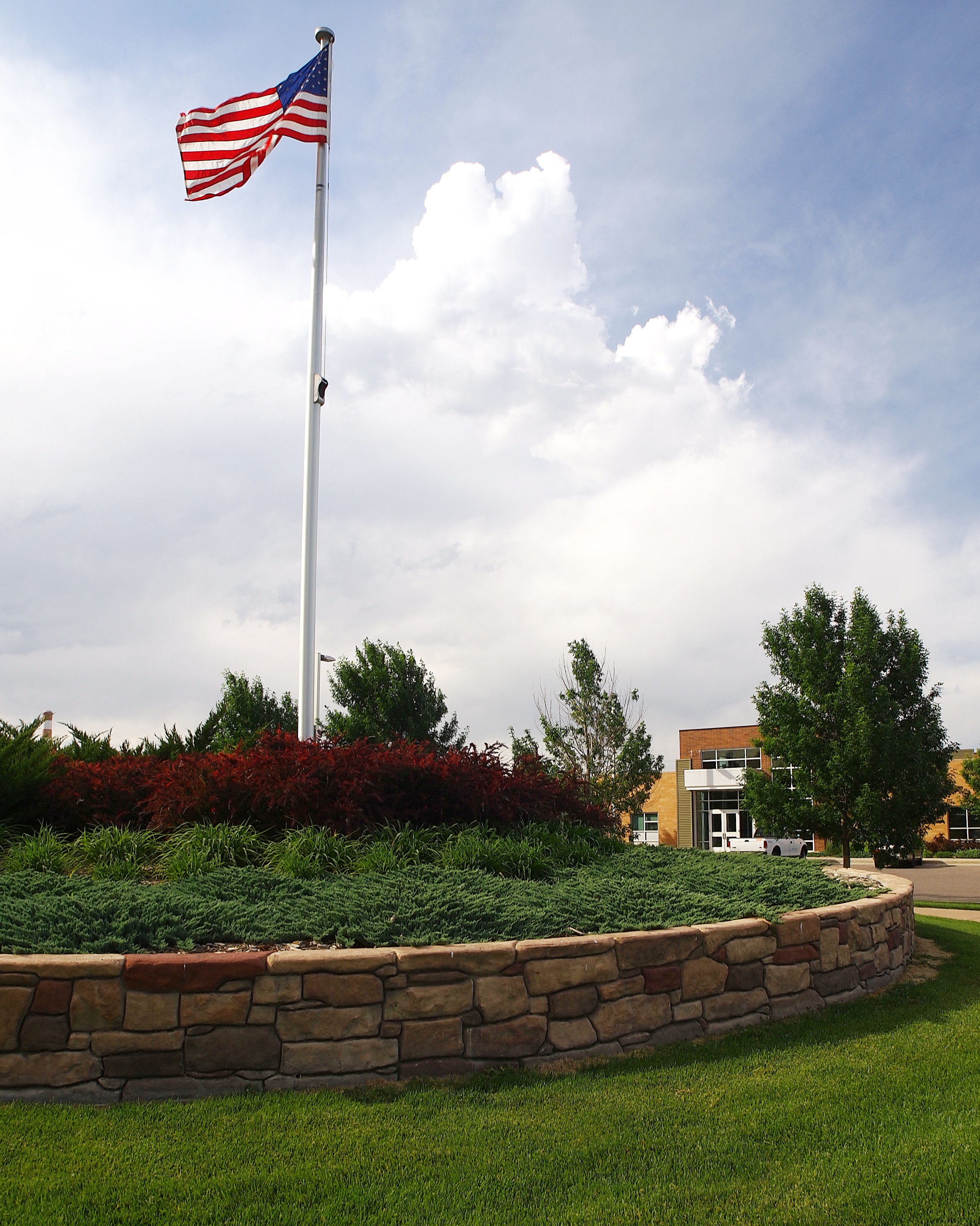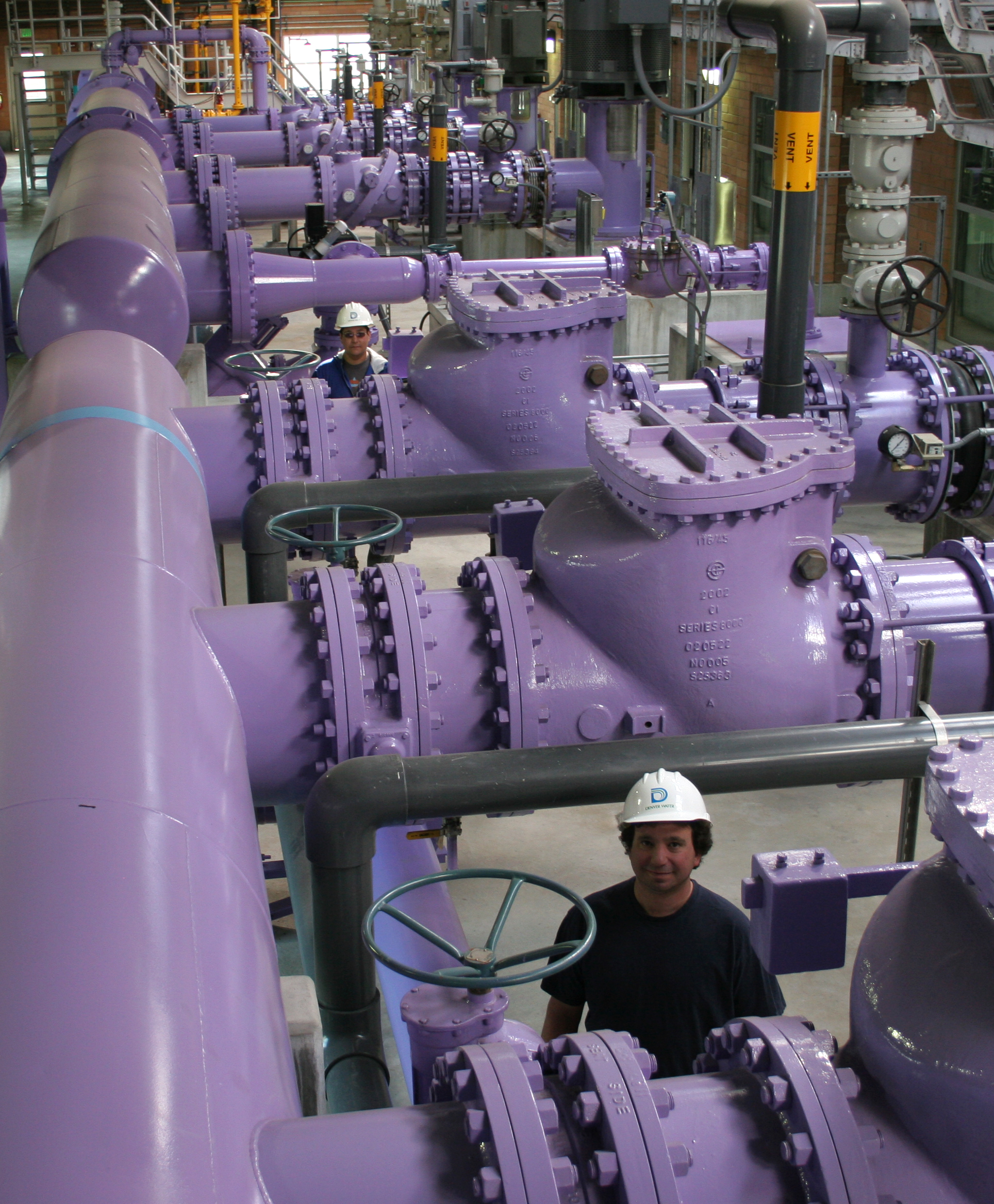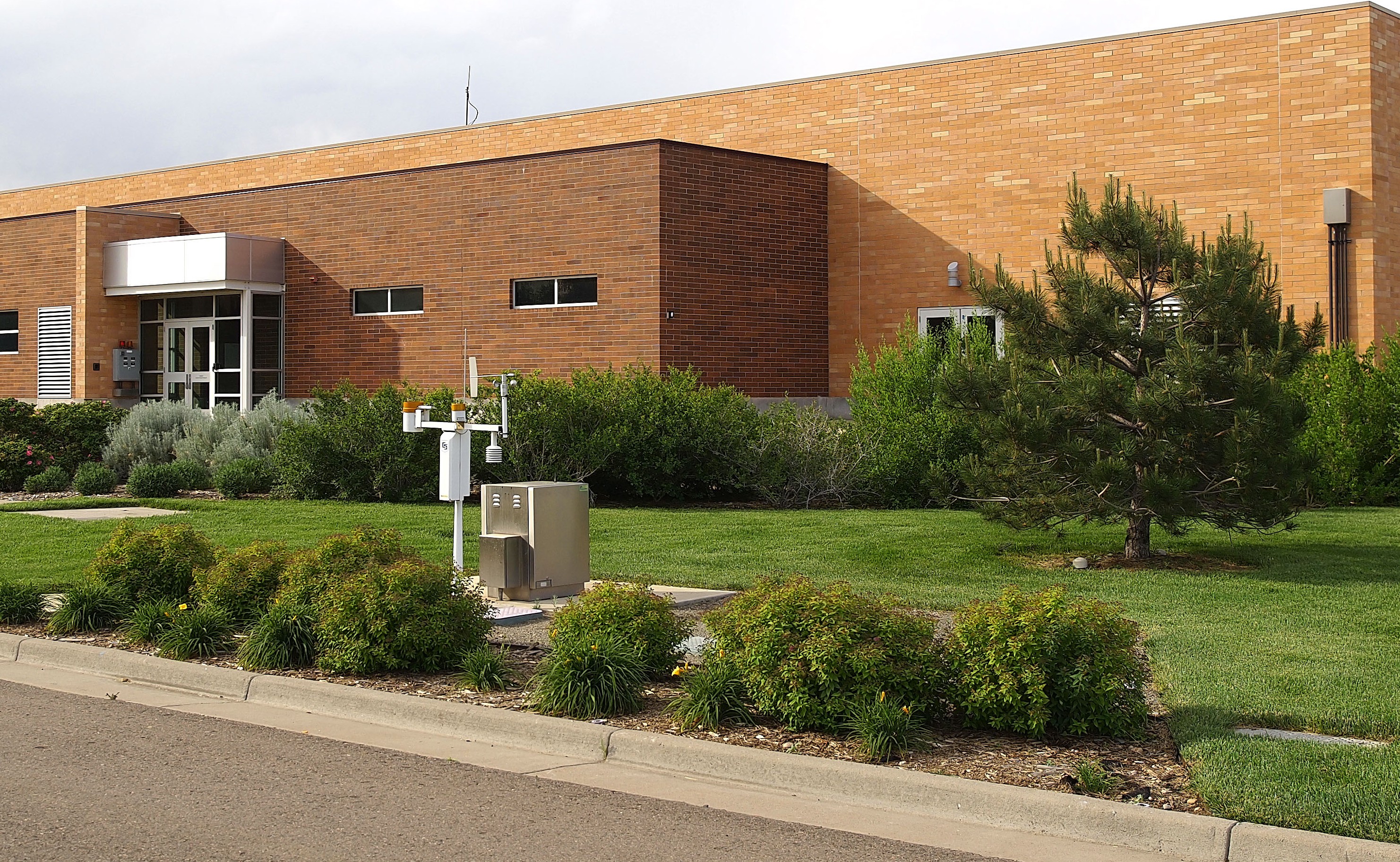
Recycled, yes. Untreated, no.
According to The Naked Scientists at the University of Cambridge, some of the water we drink today is the same water that dinosaurs drank 65 million years ago.
Rest assured, there is no T-Rex slobber in your drinking water — we have a state-of-art treatment process to make sure of that. But, this means all water is in fact, recycled.
So why do so many people get uneasy when they hear “recycled” and “water” used together?
Maybe it's because the water we drink is commonly referred to as “treated water,” which seems to suggest — erroneously — that recycled water isn’t treated at all.
“This language has always bothered me because recycled water is a high-quality water source that has actually gone through two separate treatment processes,” said Russ Plakke, Denver Water’s Recycling Plant supervisor.
Recycled water isn’t treated to the same highest-quality standard we impose on our drinking water. (That’s why recycled water systems are marked with signs saying, “Don’t drink the water.”)
But did you know that today’s recycled water would have met the drinking water standards of the early 1980s? That’s the 1980s — not the 1880s.
Recycled water has successfully helped free up drinking water supplies for more than 100 years across the country and since the early 1960s in Colorado. Once fully built-out, Denver Water’s system will supply more than five billion gallons of recycled water every year, which is water we don’t have to take from a reservoir.
It’s a big part of Colorado’s future, too. On Nov. 19, Gov. Hickenlooper unveiled Colorado’s Water Plan, a document seeking to address the state’s most difficult water challenges. From incentives and loan programs for recycled water projects to updated plumbing codes, various forms of water reuse are identified in the plan as part of the solution.
A recent op-ed penned by Jim Lochhead, Denver Water’s CEO, and Eric Kuhn, general manager of the Colorado River District, stressed that the water plan’s call to action won’t be easy.
And that’s certainly true for expanding the use of recycled water. One hurdle, recently highlighted by 9News and The Denver Post, is the potential impact of higher sodium levels in recycled water on non-native conifer trees.
Denver Water has been working with experts to optimize landscape management practices using recycled water since 2004, when the Recycling Plant opened.
Plakke has been using the Recycling Plant grounds as his own demonstration garden.
“Many trees and plants — especially natives — thrive with recycled water,” said Plakke. “I’ve been using recycled water on various species of trees, plants and grasses since it opened more than a decade ago, and the campus looks great!”
But sodium levels, along with location, soil type, watering schedules and weather conditions (such as drought, dry winters and hard freezes like we saw in 2014) all play a part in tree health.
“Needless to say, it’s complicated, and we still have a lot to learn,” said Plakke.
That’s why Denver Water is working with a group of experts, scientists and community members in 2016 to assess the current state of recycled water and trees. The group will determine if more testing is needed and recommend further improvements to managing this important water resource.
Plakke applauds recycled water customers for learning how to best use this source in their system — and for answering the governor’s call to help secure the future water supply of this state.



